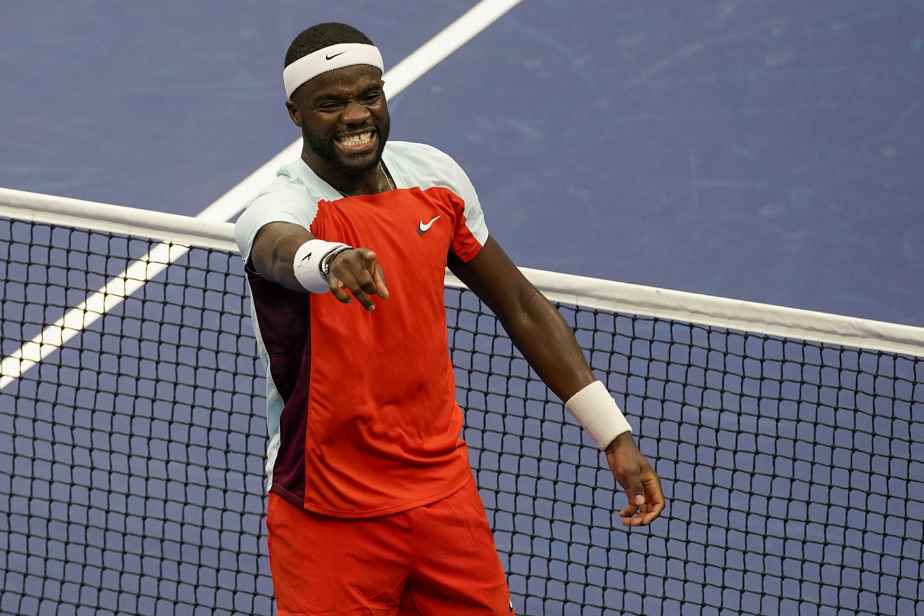(New York) Frances Tiafoe’s breakthrough to the semi-finals at Flushing Meadows testifies first of all to what he himself has accomplished.
Posted yesterday at 8:19 p.m.
A 24-year-old athlete from Maryland, he started playing tennis because his father was the janitor at a junior training facility.
Before the current tournament, Tiafoe had never won a match beyond the fourth round in a Grand Slam.
He got just one ATP title and in the last two seasons his ranking has ranged from 24e at 74e in the world.
“It’s a story worthy of Cinderella”, to use the words of the main interested party.
In the fourth round, Tiafoe defeated 22-time major tournament champion Rafael Nadal.
On Friday, he will face third-seeded Spaniard Carlos Alcaraz with a place in the final at stake.
This is a significant step forward for American men’s tennis; it could also help boost tennis in the future.
Tiafoe is the first American to reach the semifinals at Flushing Meadows since Andy Roddick 16 years ago.
He could give the country its first men’s champion at any major tournament since Roddick in New York 19 years ago.
If he can defeat Alcaraz — the other semi-final pits Casper Ruud against Karen Khachanov — Tiafoe would become the first black American in a high-profile final since Wimbledon runner-up MaliVai Washington in 1996.
“American men’s tennis has been struggling for two decades,” Washington said in a telephone interview Thursday.
“It comes from the (very high) standards that have been set: Grand Slam champions and Grand Slam finals. »
The bar was set by Pete Sampras, Andre Agassi, John McEnroe, Jimmy Connors and Arthur Ashe — the last African-American in the semi-finals in New York, in 1972. Others include Don Budge and Bill Tilden.
On the women’s side, thanks to the Williams sisters and other champion players or major tournament finalists like Sloane Stephens, Madison Keys, Sofia Kenin and Danielle Collins, the game has remained high level well beyond the Chris Evert and Billie John King.
“Absolutely, it helps our tournament to have male and female champions from the United States,” acknowledged Stacey Allaster, who leads the American leg of the Grand Slam.
As Serena Williams prepared to retire, athletes such as Tiafoe and Coco Gauff, who is just 18, have spoken of the influence she and her sister, Venus, have had in their careers.
Gauff said she played what she described as “a predominantly white sport” because she “saw someone who looked like me dominating. »
The importance of representation cannot be overstated.
“Frances’ journey inspires me,” said Washington, who offers after-school and summer programs through a youth foundation in Jacksonville.
“And I also hope it will inspire young players – not just black, but white, Hispanic, Asian.
“Certainly, it’s going to have some impact on young black people. And hopefully that will make them say, ‘OK, I’ve been playing tennis for a number of years. This inspires me to continue”. Or, “I’ve never played, but what I see now inspires me to try tennis.” »
USTA development program manager Martin Blackman thinks Tiafoe “resonates and is culturally relevant. It represents a huge opportunity to make tennis “cooler”. »
Tiafoe himself believes he can show others the way.
“He wants to be a role model,” said his coach, Wayne Ferreira. I always tell him, “if you want to be a role model, you have to win tennis matches. If he can win this tournament, he can be an inspiration to a lot of young people. »
